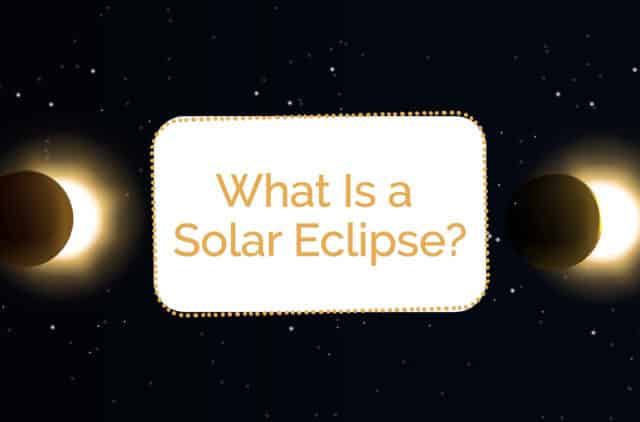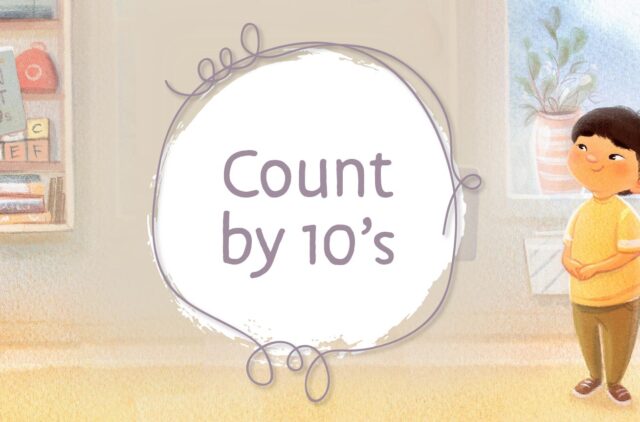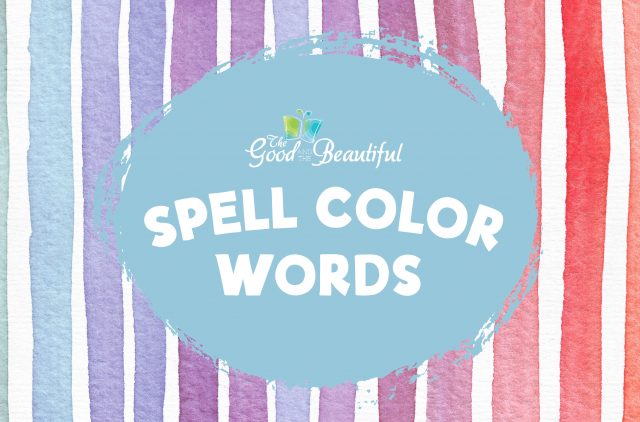Kindergarten sight words are words that a child learns to recognize in their whole forms rather than sounding them out. These words appear frequently in texts or are difficult to decode. Some reading programs emphasize sight words more than others.
The Good and the Beautiful kindergarten sight words are taught throughout our Level K Language Arts Reading Booster A program, which can be used separately from the course.

This post shares common kindergarten sight word lists, as well as flashcards and posters, and weighs the pros and cons of focusing on sight-word memorization versus teaching phonics.
The Good and the Beautiful Kindergarten Sight Word List
The Good and the Beautiful Kindergarten Sight Words list is a select number of targeted words for early readers most helpful to children in kindergarten level.
Download a free The Good and the Beautiful Kindergarten Sight Words poster and flashcards plus activities!

Learn more about our award-winning kindergarten language arts homeschool curriculum!

Other Helpful Sight Word Lists
Dolch Sight Words List
Perhaps the most common lists of words contain Dolch sight words, which are a set of 220 sight words first developed in the 1930s and grouped by grade level.
Fry Sight Words List
First created by Dr. Edward Fry in the 1950s and updated in 1980, this list includes the most frequently used words in reading materials for children.
*Both the Dolch and Fry lists of sight words are commonly used and contain many words that can be spelled phonetically. The Good and the Beautiful does not recommend using these lists as sight words lists because many of the words should be decoded at this age rather than memorized.

Should Children Memorize Sight Words?
| Pros of Memorizing Sight Words | If the child memorizes the most frequently used words in texts and doesn’t have to take time to stop and decode the words, then he or she can read more quickly and pleasantly. |
| Cons of Memorizing Sight Words | Most of the Dolch and Fry kindergarten sight words can be decoded easily. Children have only a certain amount of time to learn each day. Memorizing words can be just as hard and take just as long as learning to decode the words. Time spent memorizing high-frequency words can instead be applied to a good phonics program that teaches children how to decode and read those words, as well as many others. |
| The Good and the Beautiful Philosophy on Kindergarten Sight Words | The Good and the Beautiful, one of the most widely used homeschool curriculum programs, focuses on phonics while also having kindergarteners memorize a short list of the highest-frequency words and words that can’t be decoded easily. This method has proven successful with tens of thousands of children using The Good and The Beautiful Language Arts Courses. |

A little bit of practice each day goes a long way—consistency is the key. Practice sight words daily if possible, but don’t introduce too many at once. Younger children do best with four to eight sight words at a time.
Teaching sight words can be easy and fun with the simple practice ideas found in our free activity download.
Find these games and more in this free sight-words activity packet. Click the button below to download.
Check out these fun kindergarten resources!
You may also like . . .





















Comments
We absolutely loved all the kindergarten resources and sight word games. Do you have flash cards and printables for first grade sight words?
Update! You can find First Grade Sight Words here! Thank you again for your suggestion!
Thank you for your kind words and feedback, Andrea! We’re so glad you are enjoying the resources available! Unfortunately, we do not currently offer flash cards for Level 1 Language Arts, though Spelling Rules Flashcards are available on our website. You can find Spelling Practice Ideas and Homophone practice and information on our blog. We do offer flash cards for several of our Simply Good and Beautiful Math Courses, including Anteater Addition, Snowy Owl Subtraction and Multiplication.
If you’re employing sight words in k-2 or 3 your children will never be able to read words that they do not yet know.
This is a flawed and dangerous idea. Children must be taught to sound out words first, then sight words can be introduced. Sight words first with no practice of sounding out, is the reason so many middle school kids can’t read or write.
Thank you for reaching out, Bob. The Good and the Beautiful focuses on phonics, while having kindergarteners memorize a short list of the highest-frequency words and words that can’t be decoded easily. If the most frequently used words in texts are memorized and the child doesn’t have to take time to stop and decode the words, the child can read more quickly and pleasantly. Sight words are never meant to take the place of or be more important than phonics in our courses. This method has proven successful with tens of thousands of children using The Good and The Beautiful Language Arts Courses. Extensive samples can be found on our website to see how our younger-level courses incorporate this method. We hope that helps clarify the information found in this blog post. Please let us know if you have any questions!
Awesome
Thank you!
Is there supposed to be a directions sheet for the games? The Level 1 sight words download has directions, and I’m not quite sure what we are supposed to do with the two games in the Level K download 🙂
We’re so glad you found both lists, Danielle! The instructions for the Level K Sight Words can be found on page 2 of the download. There are 10 fun and interactive activities on this page.